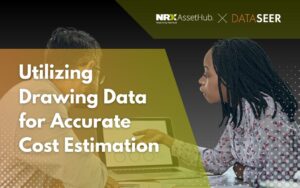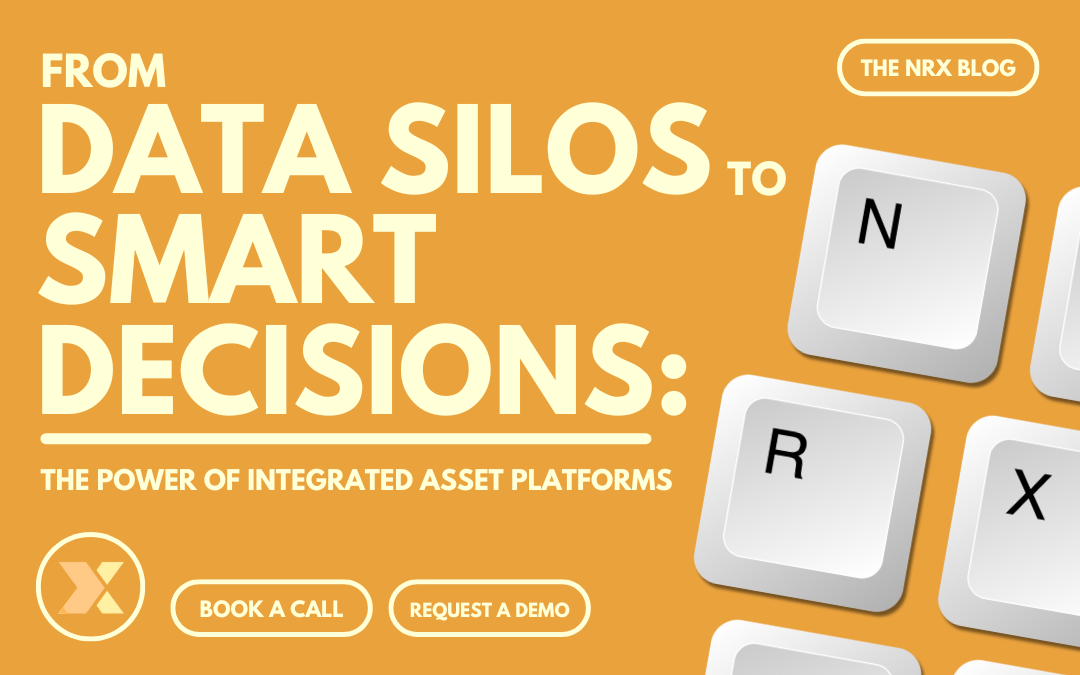Organizations often find themselves navigating through disconnected Excel spreadsheets, maintenance logs, and multiple systems in an attempt to reconcile work order data and asset information. In today’s digital-first world, data silos are the silent killers of productivity and insight. In asset-intensive industries, disjointed data creates a ripple effect that hampers preventive maintenance, distorts key metrics such as mean time between failures (MTBF), and undermines trust in enterprise systems that include IBM Maximo or IFS.
The good news? Companies are breaking down these barriers and turning fragmented asset data into smart, real-time decisions—with integrated platforms leading the charge.

The Silo Problem in Asset Management
Let’s start with the reality: organizations are flooded with data from EAM systems, CMMS platforms, SCADA, IoT sensors, spreadsheets, and even paper logs. According to a 2023 industry survey by Reliabilityweb.com, 77% of asset managers rely on EAM/CMMS as their primary data source—but also admit to struggling with data reliability due to poor integration with other systems.
Some of the most cited issues include:
- Lack of interoperability between platforms
- Inability to get a holistic asset view
- Time-consuming manual reconciliation
- Difficulty connecting asset life cycles (FLOCs, PMs, costs)
This fragmentation creates a costly ripple effect. A separate study estimates that poor data integration costs millions of dollars in downtime for manufacturers relying on time-based maintenance models.

Why Integration Is the Game Changer
Integrated platforms are designed to connect systems, synchronize data across applications, and bring context to every asset event—from acquisition to retirement. With seamless integration, organizations can centralize data from EAM, ERP, and IoT sources. They can eliminate duplicate entries across PMs and FLOC hierarchies, which reduces inconsistencies and rework in turn. Integration also enables real-time analytics and condition-based maintenance, supporting more proactive asset strategies.
Additionally, it allows teams to visualize asset performance through digital twins. Finally, integrated platforms help streamline regulatory reporting and audits, which improves compliance and transparency. Ultimately, this isn’t just a technical upgrade—it’s a strategic move toward smarter decision-making.
Key Components of a Smart Platform
- Unified Data Models: Integrated platforms use a single source of truth to align asset records across systems—eliminating the data mismatch between work orders, inventory, and asset hierarchies.
- Digitalization and IoT Connectivity: With the growth of Industrial IoT, asset data is now generated in real time from sensors, control systems, and mobile apps. Integrated platforms can collect, store, and analyze this data—which enables proactive actions instead of reactive firefighting.
- Migration with Governance: Whether you’re migrating from HxGN EAM or Oracle EAM, success depends on clean and validated data. That’s why leading platforms embed data governance into the migration process, which ensures what gets migrated is reliable, standardized, and traceable.
Quick Wins from Integrated Asset Platforms
Integrated asset platforms provide a range of tangible benefits. On the compliance front, integrated systems offer robust audit trails and simplified reporting features, making regulatory checks more efficient and far less painful. From a financial perspective, consolidation reduces software overlap and manual labour, which results in a lower total cost of ownership (TCO). With real-time visibility into asset performance, organizations can better forecast failure trends, plan budgets, and allocate resources—which can boost both short-term efficiency and long-term strategic planning.
Wrapping It Up
Smart decisions come from smart data—and smart data requires integration. Moving beyond silos isn’t just an IT project; it’s an operational imperative for organizations looking to boost asset reliability and embrace digitalization. Whether your organization is migrating from legacy systems or upgrading to a modern platform, make sure integration is baked into your strategy—because when your data flows, so does your business.
Utilizing Drawing Data for Accurate Cost Estimation

The Challenges of Table Data Extraction

The Tedious Nature of Creating Piping Lists Manually

Share this article

